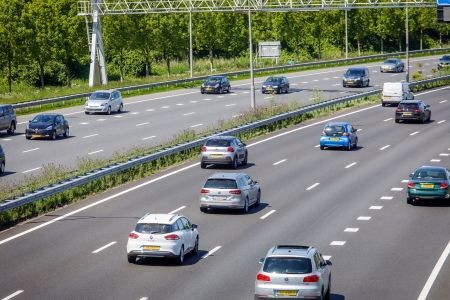The European New Car Assessment Programme (Euro NCAP) intends to clarify car safety for both consumers and manufacturers. Since 1997, this has implied that most common new car models undergo several tests, the results of which are expressed in a rating of 0 to 5 stars: the more stars, the safer the car. Cars that merely meet the approval requirements (see the question What requirements do cars and their drivers have to meet?) do not receive any stars. The test results are available to anyone; this may encourage manufacturers to produce safer cars.
The Euro NCAP assessment system distinguishes between car classes, such as large or small family cars, and superminis. Cars are compared within classes. Since 2009, the assessment system has been subdivided into four categories: adult occupants, child occupants, vulnerable road users and safety assist. Each category contains different assessment criteria (see Table 5). They are regularly adjusted to the latest insights and regulations. Electronic stability control is, for example, no longer tested for, because this has been mandatory for new cars since 2014, and in 2020 rescuing and freeing have been added.
Several studies have found correlations between Euro NCAP ratings (0 to 5 stars) and injury risk for car occupants. The analysis of car-car crashes showed that there were fewer fatal or severe injuries for cars with multiple stars than for cars with only few stars [9] [94] [95]. In addition, analyses of car-pedestrian crashes showed a correlation between the Euro NCAP pedestrian ratings (which nowadays extend to consequences for vulnerable road users) and pedestrian injury risk. Here again, cars with higher ratings perform better [96] [97].
The net safety effect of Euro NCAP is, however, hard to quantify. This is because there are hardly any data about the distribution of Euro NCAP ratings across the European or Dutch car fleet. Although an ever larger part of tested cars get high ratings, in 2013 the share of new cars with 5 star ratings only amounted to 2.5% of the European car fleet and 3% of the Dutch car fleet [98]. Moreover, in the last few decades all cars have become safer and ratings of cars of different classes cannot be compared.
